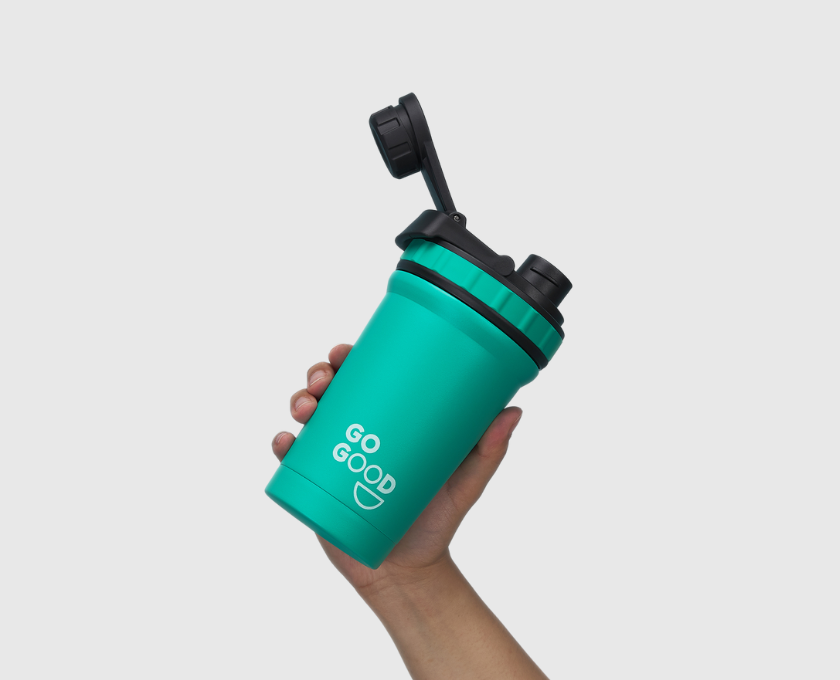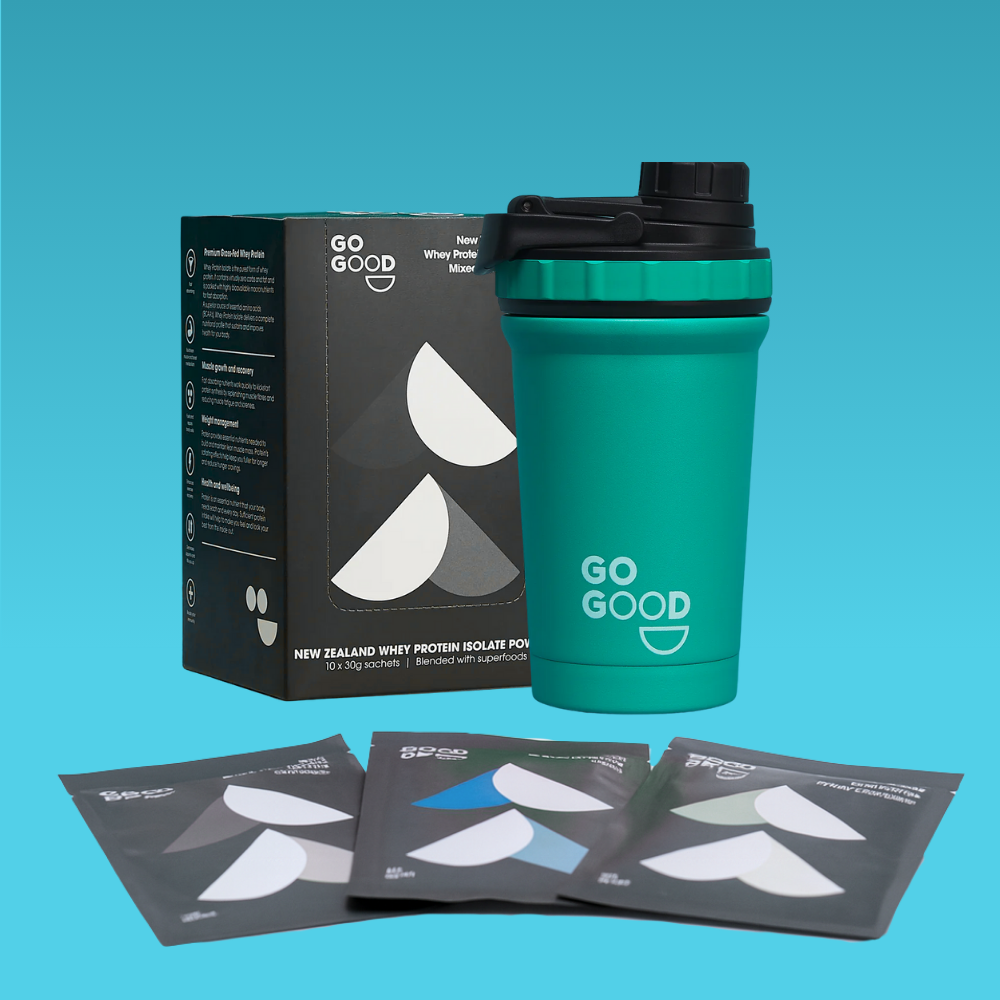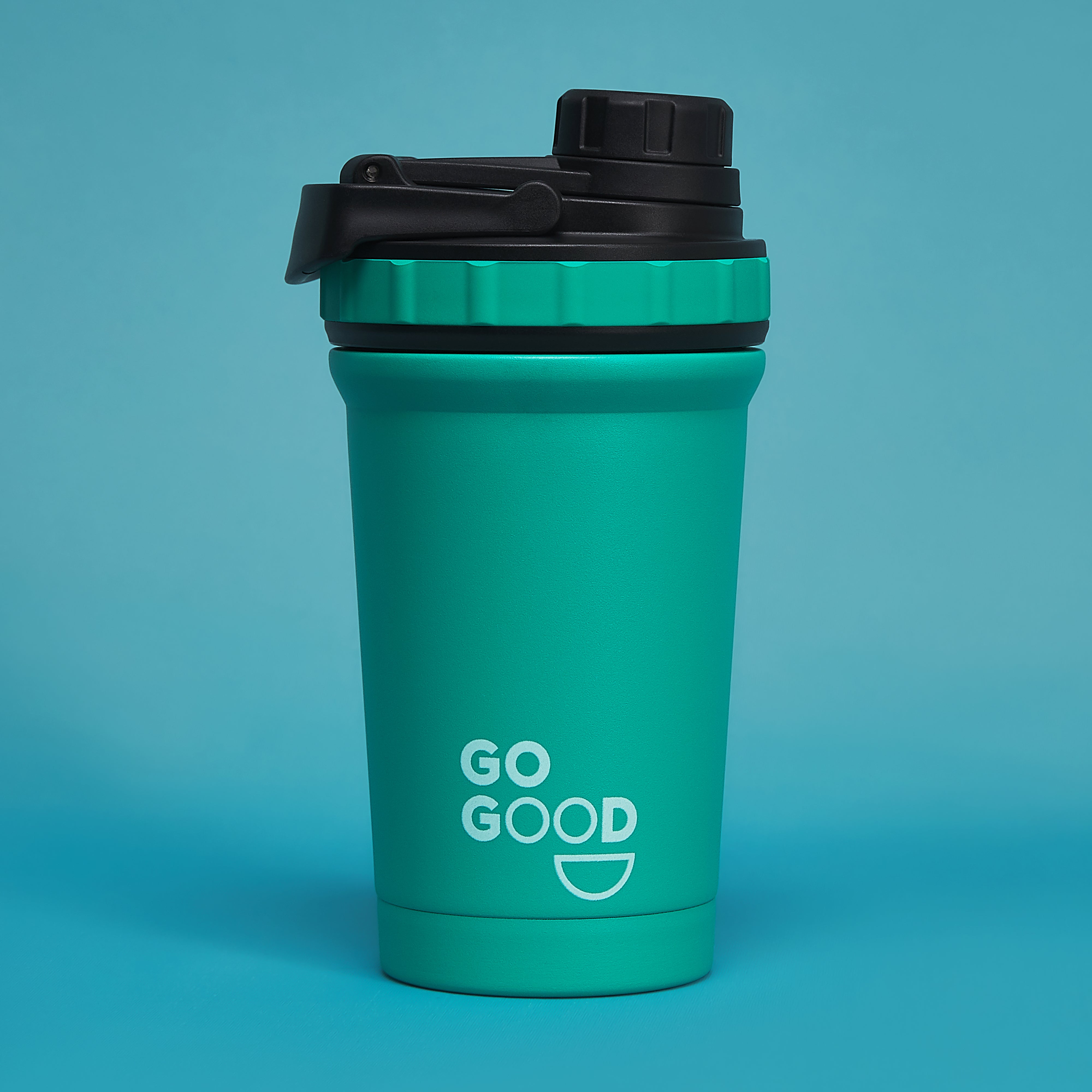Despite all the bad press on including fat in your diet, it is a macronutrient that is required for a variety of body functions. Low-fat diets are a fad of the past, as scientific evidence confirmed the significance of fat, particularly unsaturated fats, on human health.
An integral member of the unsaturated fat family, Omega-3 fats are essential in the diet, as they have important roles on physical and cognitive health. Recharging your Omega-3 batteries are particularly vital around F45 circuits, Crossfit, and other HIIT training methods.
WHAT ARE OMEGA 3 FATS?
Omega-3 fatty acids are naturally-occurring unsaturated structures found in certain foods. They may also be referred to as n-3 or w-3 fats. As the body cannot produce omega-3 fatty acids, they are classified as essential - i.e. they must be consumed via food or supplementation.
But what does saturated and unsaturated mean? It is all down to their chemical structure. Unsaturated fats have many double bonds between the carbon atoms, where omega-3’s first double bond is found at the third carbon atom from the omega-end.
Although there are many omega-3 fatty acids, three are of particular importance to human health:
- Eicosapentaenoic Acid: Also known as EPA for short, this fatty acid can have anti-inflammatory effects on the body, thus reducing joint pain and fatigued muscles after a HIIT workout session.
- Docosahexaenoic Acid: Or DHA, is another fatty acid that is responsible for brain development and is required for cell membrane structural integrity.
- Alpha-Linolenic Acid: Often referred to as ALA, this is the most common Omega-3 fatty acid that is found in the diet. However, to become active, it must be converted into EPA or DHA by the body.
WHAT ARE THE MAIN SOURCES OF OMEGA 3 FATS?
Omega-3 fatty acids are naturally-occurring in many foods, but the ratio and type varies significantly. You will find EPA and DHA at abundance in fatty fish and seafood, whereas ALA is prevalent in plant-based sources such as olives, nuts and seeds. If you are following a HIIT program, it is vital to include at least 2 portions of seafood per week in order to obtain adequate amounts of EPA and DHA. Around that, consuming a variety of nuts and seeds can also boost your Omega-3 levels for energy and performance during your workouts.
HEALTH BENEFITS OF OMEGA 3s
Harvesting a plethora of health benefits, Omega-3s are not only vital for general wellbeing, but they are crucial for those following an intense HIIT training program. With regards to fitness, Omega-3’s can support your goals by exerting the following effects on the body.
1. Anti-Inflammatory Properties
Are muscle aches and pains getting in the way of your HIIT training? Dampen the inflammation and ease the cramp with omega-3 fatty acids, as studies reveal that their consumption can reduce inflammatory markers in the blood.
2. Optimize Performance
If you frequently suffer from DOMS, taking a daily Omega-3 supplement can counteract the effects of early-onset pain. Additionally, Omega-3 can reduce muscle damage after HIIT workouts, causing a speedier recovery time to get you back in training with full energy and strength.
3. Increase Muscle Mass
Omega-3s have been shown to stimulate muscle protein synthesis and cell size in adults.
3. Accelerate Fat Loss
Studies highlight that adults on a high Omega-3 diet may experience fat loss, due to improvements in blood sugar regulation, supporting liver function and lowering stress.
SHOULD I TAKE AN OMEGA 3 SUPPLEMENT?
Studies show that the Western Diet is severely lacking in Omega-3 fats and very high in Omega-6. Another class of Omega fats, Omega-6 is beneficial in small amounts, but when Omega-6 is higher than Omega-3, it can cause inflammation in the body. Remaining in a chronic inflammatory state can hinder your fitness goals, as it may negatively impact muscle health. Thus, it is critical to counteract Omega-6 fats with Omega-3’s to maximise the potential to accomplish your goals from HIIT training.
If you’re not a big seafood eater, it may be worth considering a high quality Omega-3 supplement to boost your muscle recovery, reduce pain and inflammation and dampen the likelihood of muscle damage from intense exercise such as HIIT training. Although there is no set standard to a recommended daily dose, many health professionals and researchers agree that you should aim for 500 mg of combined EPA/DHA per day. However, this varies significantly depending on your general dietary habits, the desired health outcome and your individual body composition.
BOTTOM LINE
Whatever your health goals may be, it is well established in research that Omega-3’s are fundamental to adopting a healthy diet. As well as consuming fish, nuts and seeds, adding a quality Omega-3 supplement to your current regimen can make all the difference to your HIIT training and physical performance.
FEATURED PRODUCT
Bootcamp Challenge Bundle
- 1Kg Go Good Protein Powder + Stainless Shaker
- 1x BePure Super Boost Vitamin C
- 1x BePure Magnesium Restore
- 1x BePure Omega 3




















